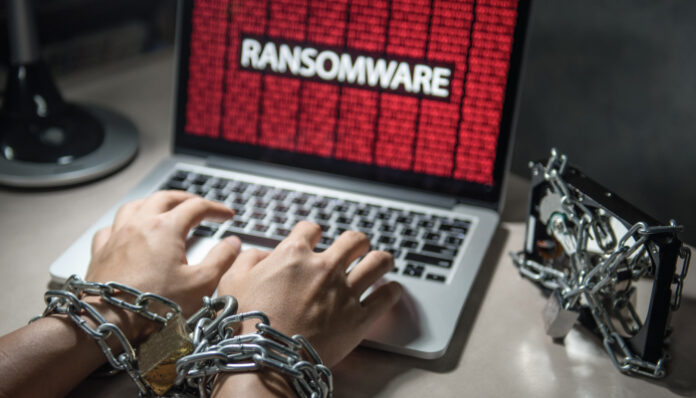Ransomware attacks cost companies millions of dollars every year, and have become the global concern of a majority of organizations. One major driver has been advancements in technology, that have given rise to sophisticated attacks, leading to higher exposure of sensitive data.
Attackers often plan to focus on the companies that offer a lower barrier to entry which results in the propagation of the victims and affiliates. An acclimatized version of the Software as a Service (SaaS) business model is Ransomware as a Service (RaaS) which helps the attackers to carry out sophisticated ransomware attacks with ease. Having a robust defense strategy should be on priority for businesses. Here are a few proactive steps businesses need to take to prevent a ransomware epidemic.
Back-up Systems Regularly
In some companies, double extortion does not allow the backup systems to deliver adequate protection. Often next-gen ransomware strains seek out and destroy the backups which play a vital role in restoring the system. To avoid such scenarios, companies need to utilize multiple backup methods and store them at different locations.
Proactively Update and Review Plans
Businesses need to make sure that the IR plan/playbooks or Business Continuity Plan/Disaster Recovery Plan have been updated, reviewed, and assessed. These playbooks and plans must be proactively tested through simulations across realistic scenarios to help the company improve resilience.
Educate and Train Employees
Companies need to educate their employees on cyber security and phishing, creating a culture where all the employees feel responsible for the company’s security and are encouraged to actively participate in the detection of attacks and their defense. Phishing is the entry point of ransomware attacks and is still the leading cause of unauthorized access to a corporate network. Training employees to recognize phishing emails and report them to their internal cybersecurity team is an important step in detecting the early stages of a ransomware attack.
Also Read: Three Strategies to Ensure Business Continuity After a Ransomware Attack
Engage in Multi-factor or Two-step Authentication
The company needs to invest and employ multi-factor or two-factor authorization across all forms of login which should be mandated for all users. This step is vital in the protection of stolen login credentials in preventing their exploitation by the attacker as they fail to possess the crucial second piece of the login process and the key authentication.
Efficient Configuration of Endpoint Detection and Response Tools
Endpoint detection and response tools can help reduce the risk of a ransomware attack and are useful in incident investigation and response. Security tools that are properly configured have a much better chance of detecting, alerting on, and blocking threat actor behaviour.
Favour Risk Transfer Options
A risk management and control strategy allows the company to contractually shift the risk from one part to another. This way, the company allocates the risk equitably assigning the responsibilities to consistent designated parties. Organizations should, however, consider obtaining appropriate cyber insurance coverage when practicing ransomware preparedness, with a clear idea of the value of coverage that addresses indemnification for financial loss, business interruption, ransom, and incident response fees and expenses, as well as service provider considerations such as the ability to work with incident response providers of choice.
Also Read: How Enterprises Can Safeguard SaaS Data from Ransomware Attacks
Employ a Third-party Response Team
A successful ransomware response will frequently include all or some third-party expertise in forensic incident response, legal counsel, crisis communications, and ransom negotiation and payment. It is critical to vet and pre-engage a team of professionals to monitor as soon as the attack occurs.
Ransomware attacks are one of the most pressing threats to businesses today. As more ransoms are paid to restore data, cybercriminals are incentivized to increase their efforts to breach the networks. While businesses are increasing their investments in cybersecurity it is critical that they also protect all users.
Mitigating ransomware risk is imperative for all businesses, big and small. To prepare for the possibility of a ransomware attack, effective risk mitigation strategies should be employed effectively and on time.
For more such updates follow us on Google News ITsecuritywire News. Please subscribe to our Newsletter for more updates.









